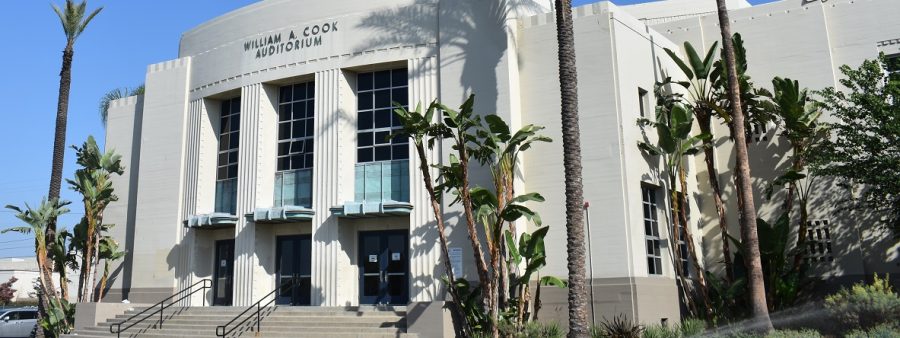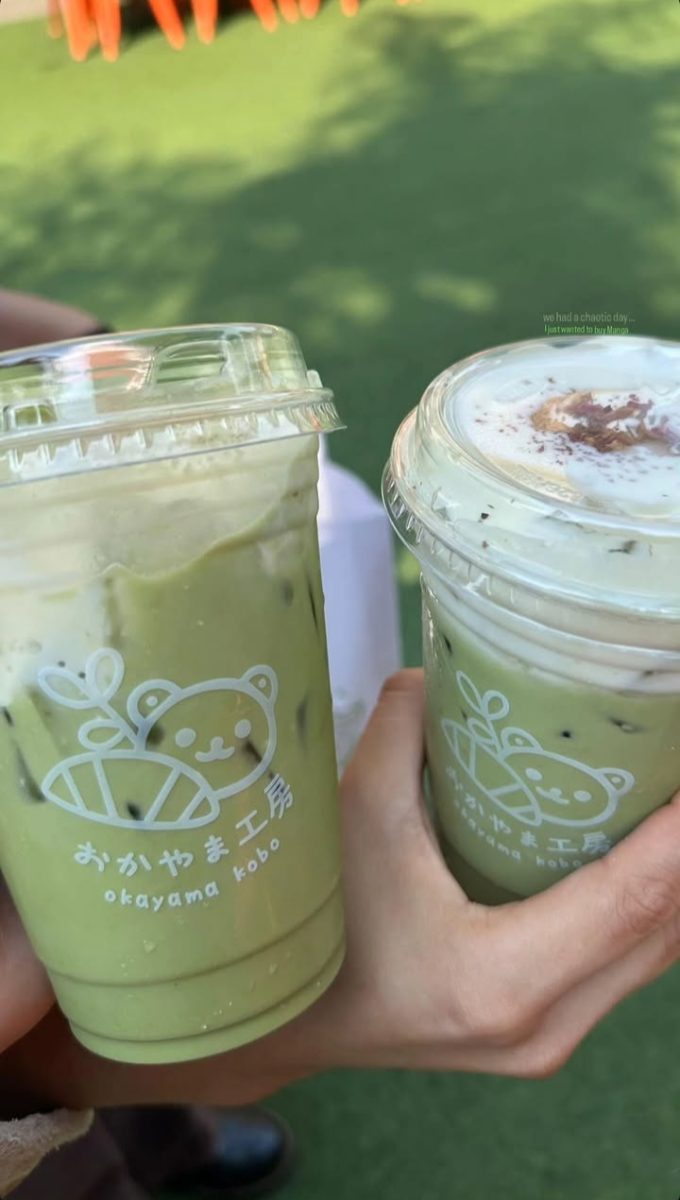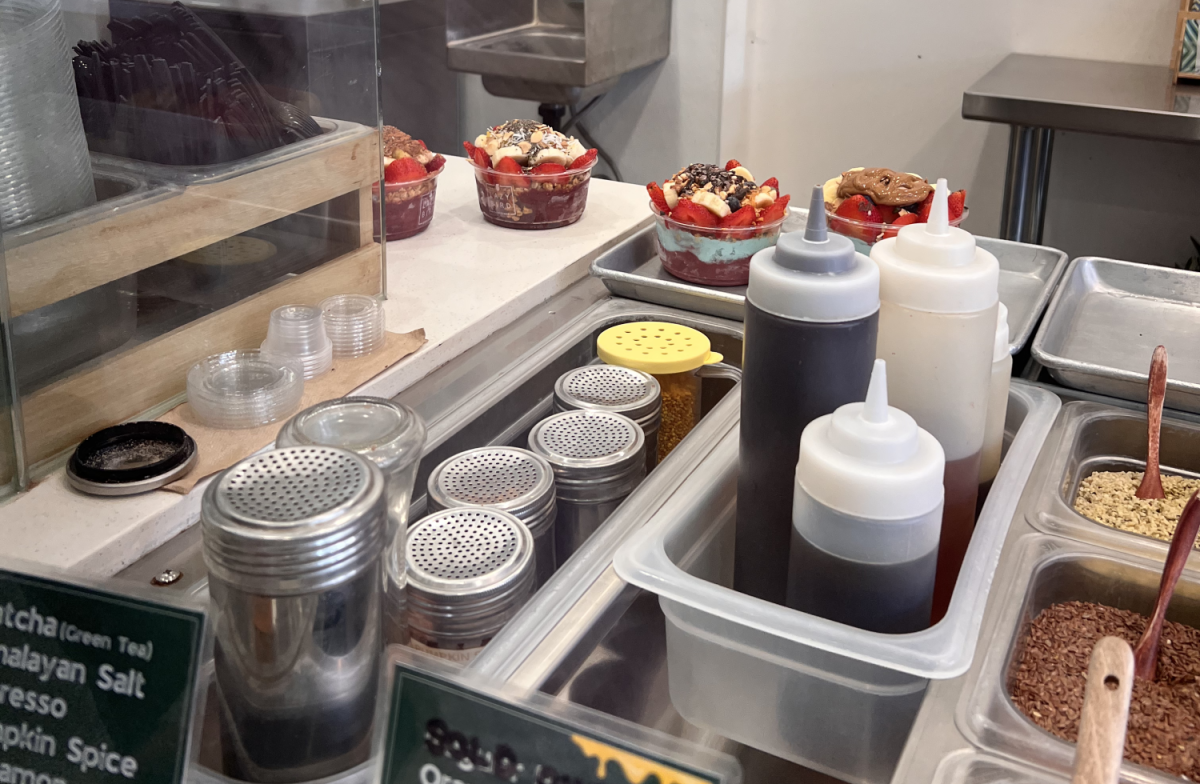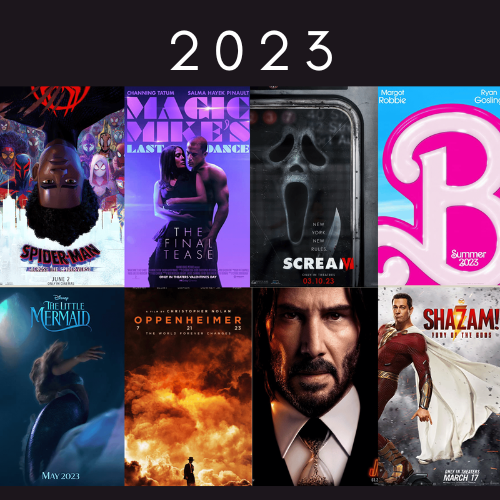There’s been shortages with matcha due to social media trends, climate change, and labor shortage. All of these have been playing a big role in this shortage happening globally. All of these problems lead to higher prices in cafes and purchase limits. Matcha is made out of delicate leaves that are each hand picked by workers, keep in mind that there’s now very few workers in fields. These leaves are later on transferred to special factory machines. It is usually for traditional tea ceremonies in Japan in order to bring peace and tranquility and for a moment to oneself to forget about everything and just enjoy.There’s been shortages with matcha due to social media trends, climate change, and labor shortage. All of these have been playing a big role in this shortage happening globally. All of these problems lead to higher prices in cafes and purchase limits. Matcha is made out of delicate leaves that are each hand picked by workers, keep in mind that there’s now very few workers in fields. These leaves are later on transferred to special factory machines. It is usually for traditional tea ceremonies in Japan in order to bring peace and tranquility and for a moment to oneself to forget about everything and just enjoy.
Ha habido escasez de matcha debido a las tendencias en redes sociales, el cambio climático y la mano de obra, y todos estos factores han influido significativamente en esta escasez global. Todos estos problemas han provocado precios más altos en las cafeterías y restricciones de compra en el matcha. El matcha se elabora con hojas delicadas, recolectadas a mano por los trabajadores; tenga en cuenta que ahora hay muy pocos trabajadores en los campos. Estas hojas se transfieren posteriormente a máquinas especiales en las fábricas. Se utiliza generalmente en las ceremonias tradicionales del té en Japón para brindar paz y tranquilidad, y para tener un momento para uno mismo, para olvidarse de todo y simplemente disfrutar.
I had the honor of interviewing a local Anaheim resident, a matcha enthusiast.
“How have you seen a shortage of matcha, whether that’s through buying or if you’ve somehow seen a change in price?” “I’ve seen the change when I drink my drink; it’s not like it used to be. I think they’ve reduced the price, as if they used to put a whole glass of matcha in it, but now it’s half of what they used to put in it to make it last longer. I think they’ve also raised the price, especially if it’s a good matcha; you can tell by the flavor as well as the color.”
“Why do you think there’s this problem?” “I think it’s because of social media, and that it connects people to their roots more than those who are from Japan.”
“¿Cómo ha visto una escasez en matcha, eso sea comprando o si de alguna manera ha visto un cambio en precio?” “Yo he visto el cambio al beber mi bebida, ahora no es como antes. Se me hace que ya lo reducen, como si antes le ponían todo un vaso completo de matcha, ahora es la mitad de lo que le ponían para que les rinda más. Al igual que el precio creo que lo han aumentado, más si es matcha del bueno, te puedes dar cuenta por el sabor al igual del color.”
“¿Por qué crees que hay este problema?” “Yo creo que por las redes sociales y que esto conecta a las personas a sus raíces más que a los que son de Japón.”










